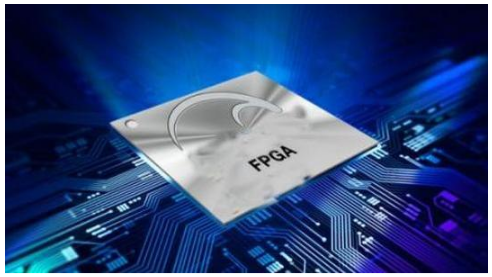What is the market development and future development trend of FPGA?
Although FPGAs are actively using the most advanced process technology to improve performance and reduce costs, the result of increasingly shrinking processes is that the Leakage Current of transistors is getting bigger and bigger, including the current leakage from Source to Drain to Body, including Gate directly. Leak to the base.
In this regard, the semiconductor industry has also proposed various ways to prevent leakage. For example, IBM proposed SOI technology to reduce leakage between the source and the drain, or a high dielectric metal gate as published by Intel in November 2007. Technology can reduce the leakage of the gate.

However, due to the programmable nature of the FPGA itself, the logic gate circuit usage is inevitably higher than that of the ASIC, so its power consumption is really difficult to converge, so that until now, battery-operated handheld applications cannot be used.
FPGAs, at most, use CPLDs with a small number of logic gates. According to research firm iSuppli's inference: If the FPGA can be used for handheld applications due to improved power consumption, the FPGA market will likely increase by another $3 billion. Because of this, FPGA companies are now reducing R&D for FPGAs.
After understanding the development of FPGA in recent years, we must finally understand the development trend of FPGA industry. In fact, the FPGA market has been undergoing intense integration in the late 1990s. Many operators are not exiting the PLD (programmable logic device) market, which is for sale. Its PLD business unit, or separate the PLD business unit into an independent company, or purchase and so on.
Today, there are only a few players in the FPGA market, including Altera, Xilinx, Actel, Atmel, Lattice, QuickLogic, etc. However, in November 2007, QuickLogic also decided to fade out of the FPGA market and move to the development of CSSP (Customer Specific Standard Product).
Even the CEO and Chairman of QuickLogic, E. Thomas Hart, bluntly said: Altera and Xilinx have become "Coca-Cola" and "Pepsi-Cola" in the FPGA field. The implication is that, apart from this, the third FPGA industry is hard to have a chance.
Having said that, there are still emerging companies in the FPGA field, such as Achronix Semiconductor and MathStar. In addition to programmable logic devices with purely digital logic, mixed-program, analog-like programmable logic devices have also emerged.
For example, Cypress Semiconductor's PSoC (Programmable System-on-Chip) is a configurable mix circuit. Or, as Actel has proposed a programmable mixing chip: Fusion, or some manufacturers have proposed so-called Field Programmable Analog Array (FPAA), etc., I believe these can bring to the programmable chip More development momentum.
If you want to know more, our website has product specifications for the FPGAs, you can go to ALLICDATA ELECTRONICS LIMITED to get more information

